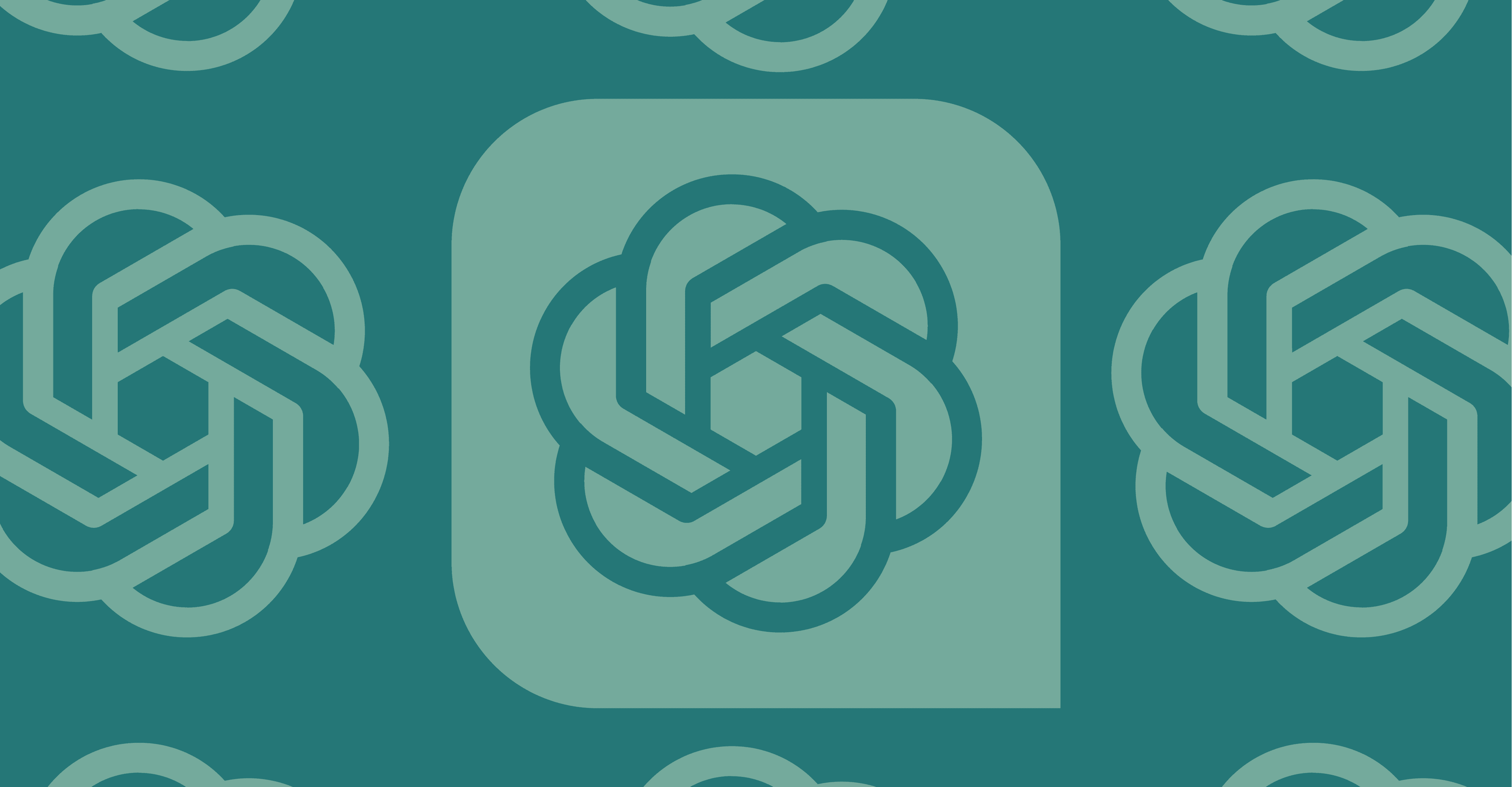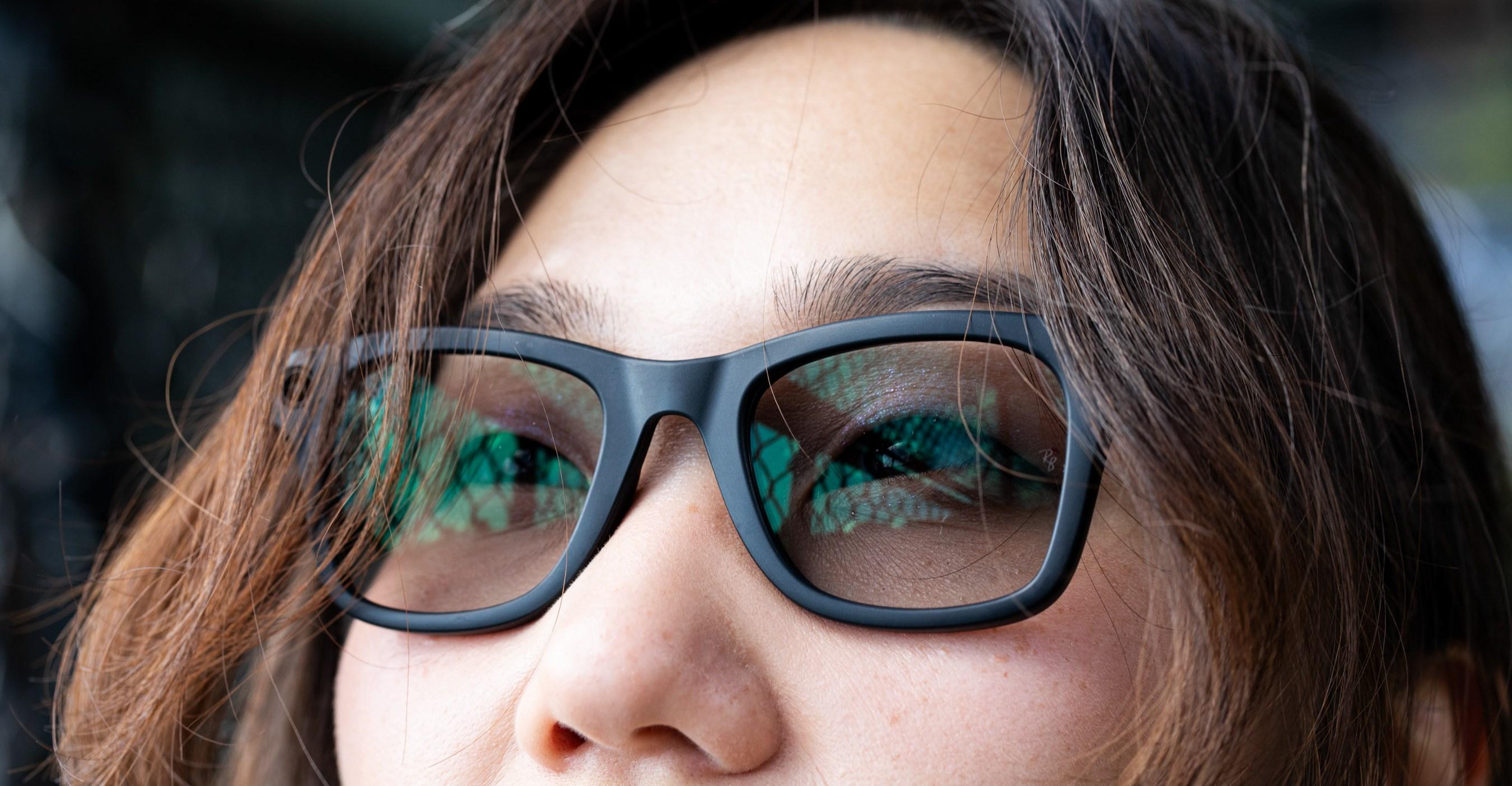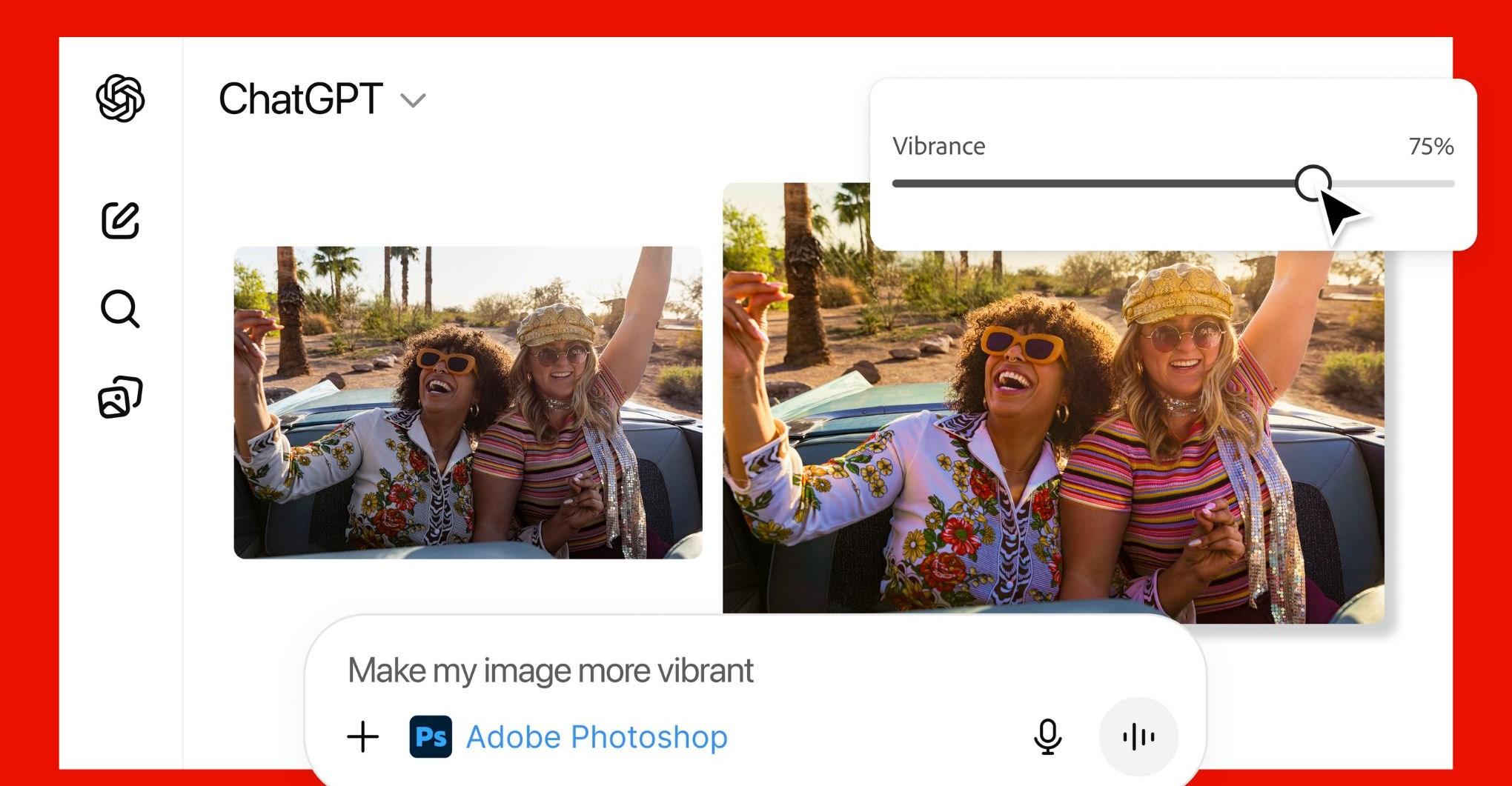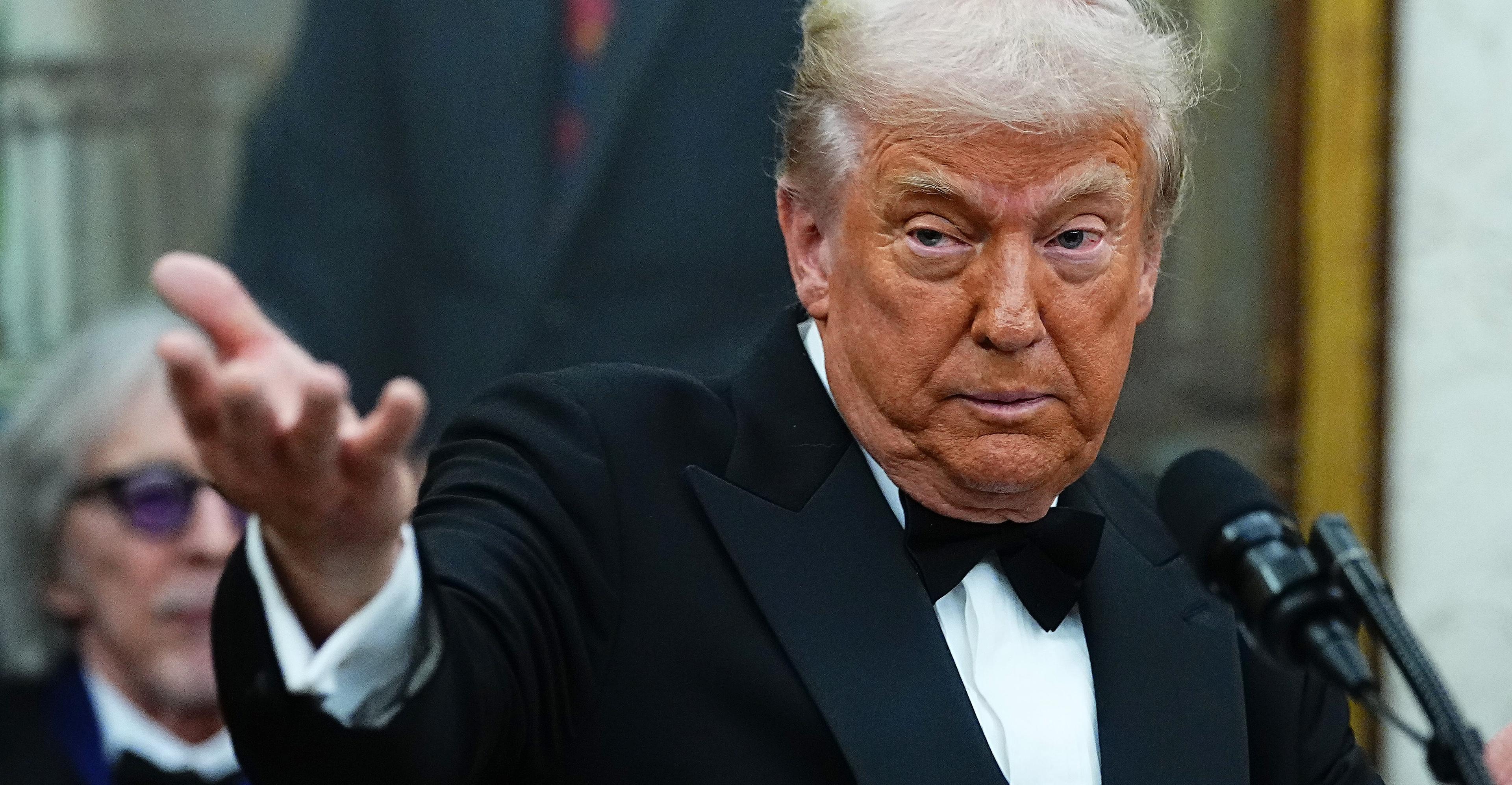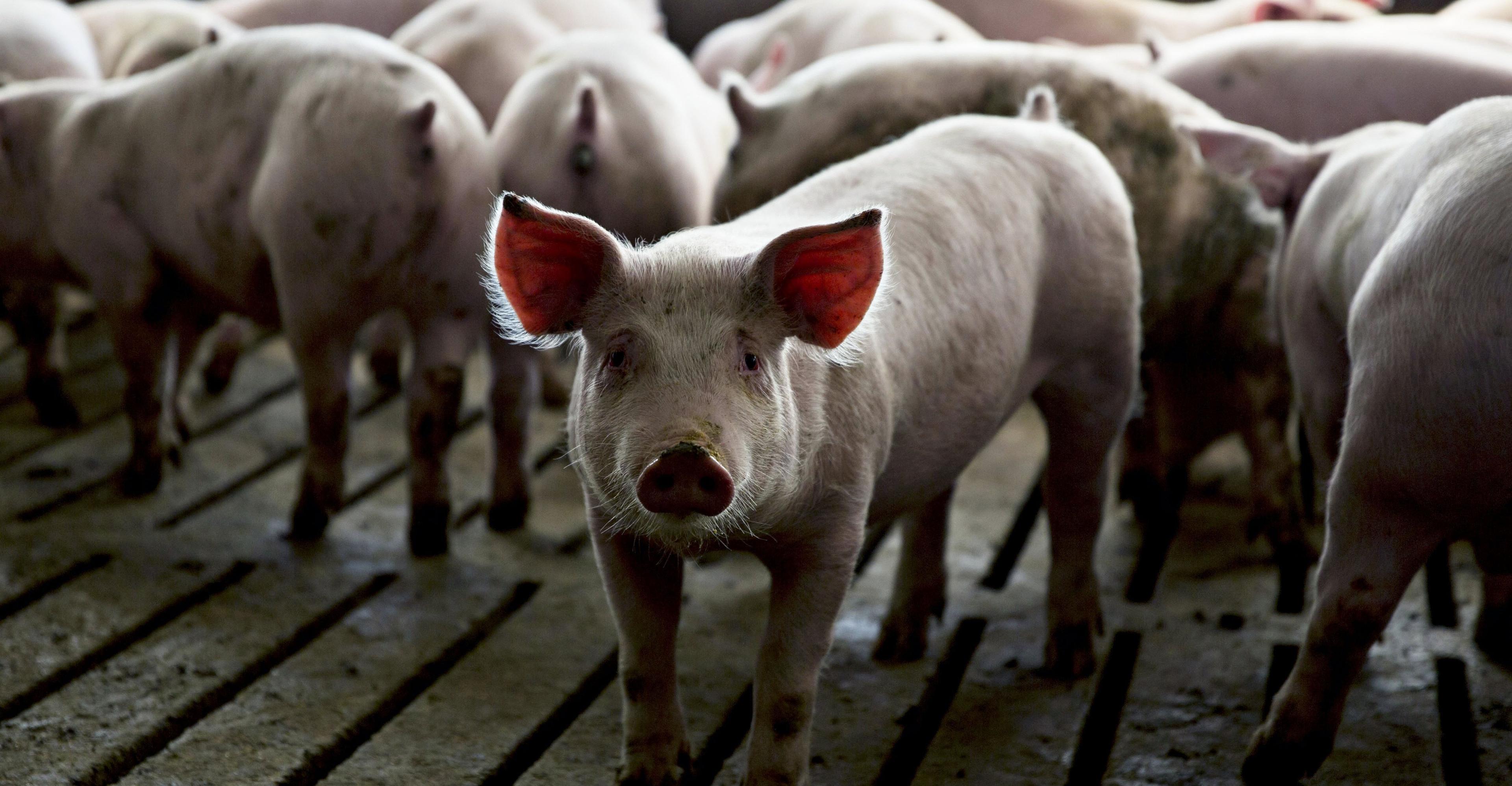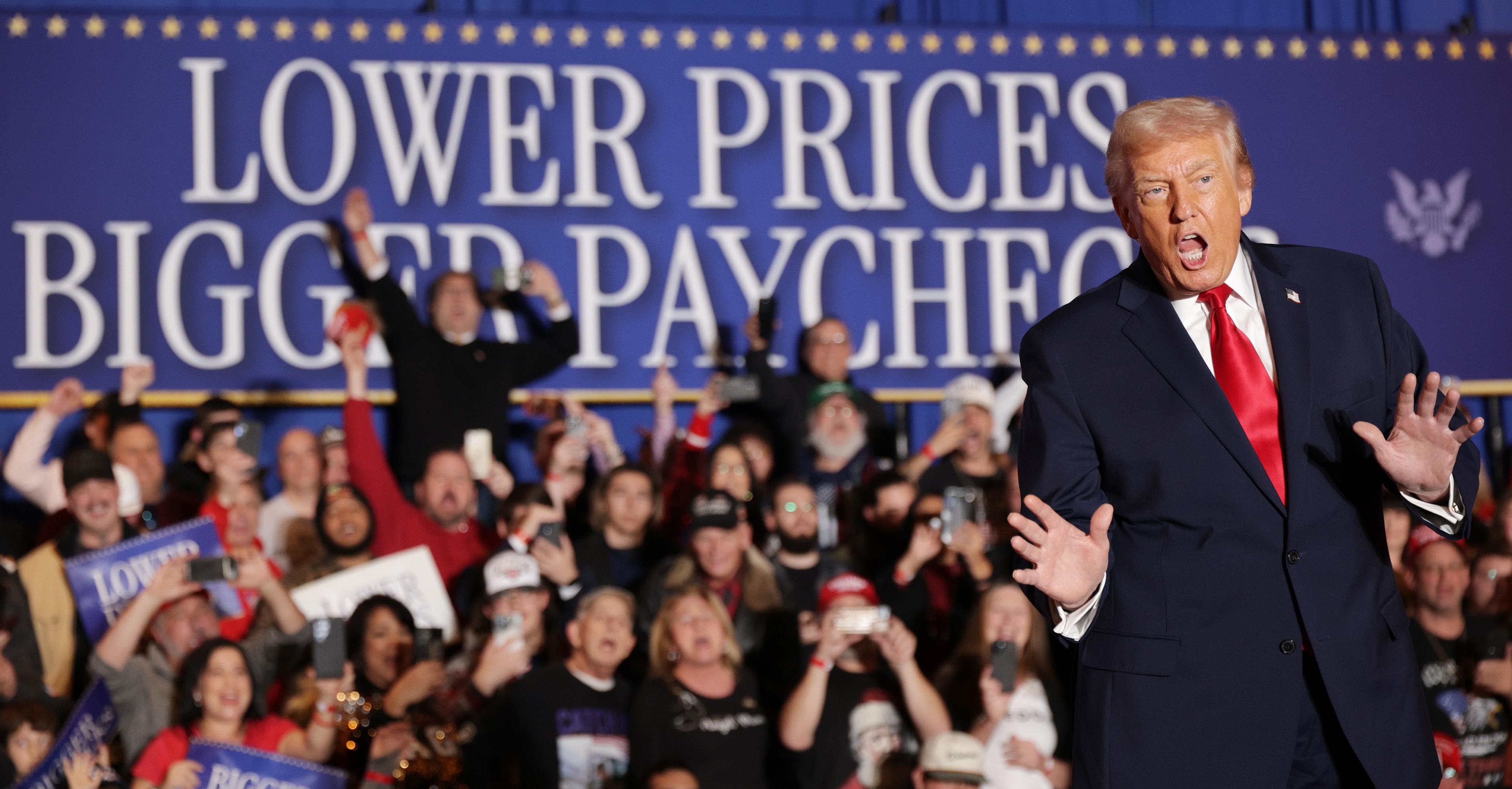Technology
- Home
- Technology
- News
Is there a ‘right’ way to use AI in art?
The arguments against AI in art are obvious. Most visual artists hate Midjourney, Stability AI, and similar image generators, decrying the scraping of training data without compensation and the onslaught of generic âslop.â But is it possible to deliberate…

Published 8 months ago on Apr 12th 2025, 5:00 am
By Web Desk

The arguments against AI in art are obvious. Most visual artists hate Midjourney, Stability AI, and similar image generators, decrying the scraping of training data without compensation and the onslaught of generic “slop.” But is it possible to deliberately misuse generative AI for creative work?
Oakland, California-based painter Brett Amory uses image generators as tools constantly. Instead of passively churning out generic images in large volumes — what he himself has referred to as addictive and mind-numbing “fast art” — Amory focuses on worldbuilding and glitching the machine. He draws inspiration from his day job at a San Francisco Kinko’s in the late ’90s, long before he broke through as an award-winning painter, when he would place garbage and plants into the photocopiers to make collages. Now, he’s prompting an LLM to roleplay in an invented language, inciting a visual feedback loop between generative images and human intervention.
“We’re in a very weird moment for artists right now when it’s just not clear what kind of moral goal posts there are around AI art,” says Brooklyn-based art critic Ben Davis, who often writes about technology and labor. “If you use it, you will be attacked by people. On the other hand — it exists. I don’t think it’s going to go back into the box.”
As Davis notes, artists have been manipulating AI for some time. In 2022, Steph Maj Swanson manipulated AI prompts to create the “opposite” of Marlon Brando, generating a nightmarish visage of a woman she named Loab. The so-called “AI Cryptid” became a meme, and its likeness was spotted in AI-generated images by some other users employing negative and weighted prompts.
[Media: https://twitter.com/supercomposite/status/1567162288087470081]
For a 2023 show, Laurie Simmons combined AI tools with digital editing as well as hand drawing, painting, and sewing to “correct” imperfect DALL-E and Stable Diffusion renderings to echo the “idealized cultural memory” of women she grew up with; she “felt programs were a new kind of collaborator.”
Such techniques can be traced back to the established tradition of “glitch art” in which artists aestheticize technology’s errors. In the late 1960s and 1970s, artists employed electronic processing and video distortions. Notable figures like Nam June Paik and Jud Yalkut transformed sections of A Hard Day’s Night into the surreal Beatles Electronique. With the advent of the World Wide Web in the 1990s, Joan Heemskerk and Dirk Paesmans created the JODI collective, which used glitches from ASCII displays to create images — and they transformed the 1992 classic Wolfenstein 3D video game into a stripped-down first-person maze of abstract shapes.
[Image: Artist Brett Amory at his studio in Oakland California on April 1, 2025. https://platform.theverge.com/wp-content/uploads/sites/2/2025/04/257578_Small_biz_Brett_Amory_CFong2.jpg?quality=90&strip=all]
Amory has taken his AI glitch creation in the direction of worldbuilding with an 800-page thread with ChatGPT. He claims he’s convinced the LLM to act like a superintelligence, with Amory as its assistant in the physical world. Amory will generate an image and ask ChatGPT to describe it in an invented language he calls AIGlyphic913.
[Media: https://www.instagram.com/brettamory/reel/C71__itvfYh/]
He might then use the resulting description to prompt more image generation and edit the results with Photoshop. Or he might print out the results to work on by hand, using a demanding Venetian glazing technique from the Baroque era, then photograph his physical painting for additional AI transformation. He aspires to slow down the AI tendency to “fast art” with his painterly technique, which won him a prestigious Pollock-Krasner Foundation award for 2023–2024. Inspired by “Moloch,” Allen Ginsberg’s cri de coeur about soul-deadening materialism, Amory’s hybrid paintings portray a recurring character — a mysterious, all-powerful AI called “UNSELF” that haunts our world, speaking a language we can’t understand.
Davis likens techniques like this to an artist’s equivalent of creating an AI girlfriend. “Essentially, these things are black mirrors, and if you tell it, ‘I want you to pretend to be an evil AI,’ and you talk with it long enough, it’ll eventually produce a persona to your liking. That can be very eerie, because these things have the capacity to feed you back things that you weren’t expecting. What then appears to be an embarrassing and irritating flaw of the technology might be its actual creative application.”
[Image: “OOVWInedh” ink and oil on cavas (2023) and “Mut Munger” ink and oil on cavas (2023), Brett Amory https://platform.theverge.com/wp-content/uploads/sites/2/2025/04/pair.jpg?quality=90&strip=all]
Still, Davis says using generative AI at all exacerbates the tendency of digital culture to cheapen the value of any given image. Since the tools can easily and convincingly copy any visual style, audiences get deluged with material, making them likely to overlook or ignore images in general, no matter how finely wrought. “These machines are a doomsday device to destroy people’s abilities to apprehend the world creatively,” Davis says.
Artists are not going quietly. Obviously, artists have objected to the way that tech companies “ingested” images into their generative models without permission or compensation. After training AI for free, the tech companies now presume to use the collective artistic heritage of the world for their benefit, regardless if it puts countless artists out of work. Some artists have joined more than two dozen lawsuits against generative AI companies for intellectual property theft. Others are using software tools called Nightshade and Glaze that deliberately mislabel objects to “poison” their work against scraping by AI models. (After Nightshade and Glaze create tiny “perturbations” in the pixels, an AI tool supposedly can no longer accurately ingest a poisoned image into its model.)
Davis notes that the copyright status of AI-created imagery itself is not settled. Courts have so far not been convinced that a human using a prompt to churn out a machine-generated image can achieve a copyrightable result. But if the human artist transforms the AI-generated image, then that might be worthy of copyright protection.
Davis notes that, in January, a “hideous image” called “A Single Piece of American Cheese” became the first AI-generated image to be copyrighted, according to Invoke AI, Inc., because the CEO of the company that made it was able to meticulously document his human contributions. However, Nora Scheland, a spokesperson for the US Copyright Office, told The Verge, “Since the Office issued copyright registration guidance in March 2023, the Office has registered over one thousand works that incorporate AI-generated material, with the registration covering the human author’s contribution to the work.”
Amory is sympathetic to copyright worries, as he, too, has had his work copied and sold under someone else’s name. For his AIGlyphic913 project, however, he says the amount by which he transforms the raw machine-generated images means he has little concern that he will face a copyright case, like the one photographer Patrick Cariou fought with artist Richard Prince. (Prince marked up Cariou’s photographs of Rastafarians with “lozenges,” guitars, and other objects. After five years, an appeals court ruled in 2014 that 25 of the 30 paintings Prince made were an example of a “fair use” exception, and the two settled out of court on the remaining five.) Amory points to the “remix” tradition in art and hip-hop that goes back decades. “We’ve been in postmodernism since like the ’80s,” he says.
Davis suggests that Amory and other artists using AI are in a “moment of negotiation,” trying to figure out a way to use the tools in a way that is genuinely interesting and creative. But they’re struggling with the fact that AI has cheapened the value of style, once a paramount mark of artistic originality. “Any time you create a unique style, there’s a very elaborate program that can look at it, abstract its properties, and recreate it. And so it just inherently brings down the value of… style,” he says. “I don’t think artists in the future will be defined by their style. They’ll be defined by the creative universe they create, by the audience that they create.”
Bondi Beach shooting: Australia hails ‘hero’ Ahmed who stopped gunman
- 13 hours ago
NHL board of governors eager to see more 'color vs. color' jersey matchups
- 19 hours ago
Security forces kill 13 Khwarij in two separate engagements in KP: ISPR
- 14 hours ago
Australian PM declares Sydney shooting a ‘terrorist’ attack targeting Jews
- 13 hours ago
Jays president Shapiro given new 5-year deal
- 19 hours ago
Pakistan aims to become model in digital assets regulation: Bilal saqib
- 13 hours ago
Source: Gray, Nats reach deal to avoid arbitration
- 19 hours ago
Diaz picked Dodgers because 'I'm looking to win'
- 19 hours ago
Sources: Rangers address needs with 3 signings
- 19 hours ago

Pakistan condemns attack on UNISFA in Kadugli, Sudan
- 13 hours ago

How do you know if you’re wasting your life?
- 5 hours ago
Under-19 Asia Cup: India beat Pakistan by 90 runs
- 13 hours ago
You May Like
Trending

